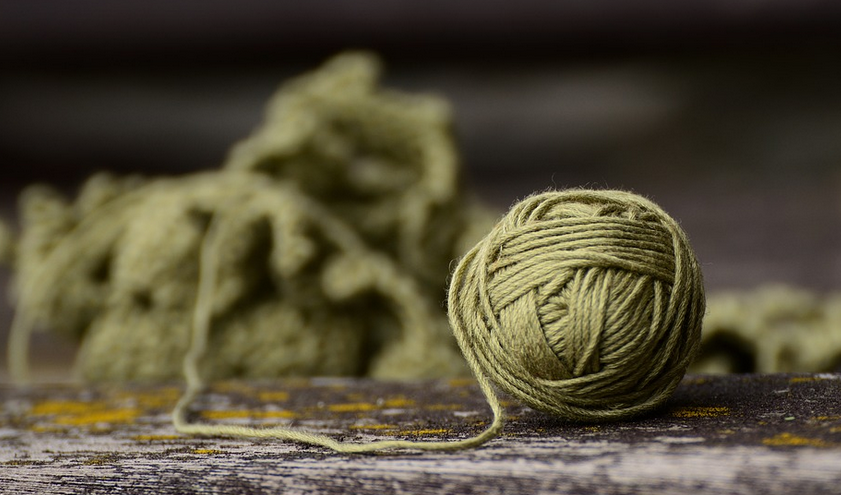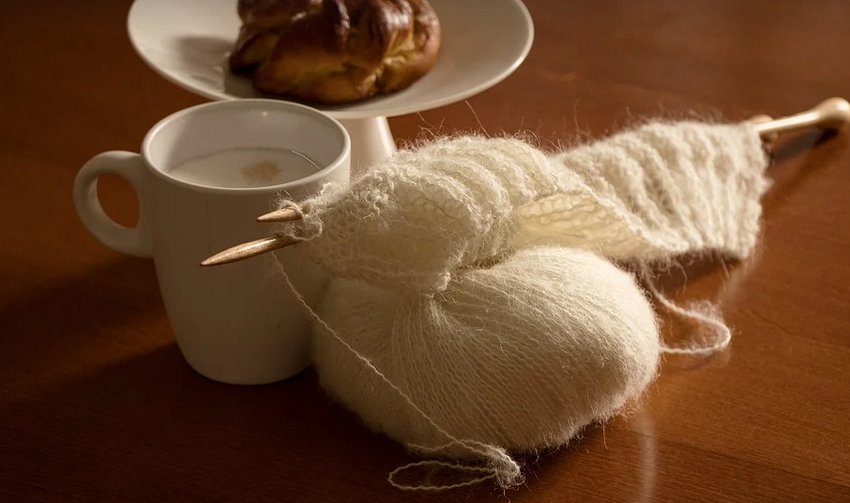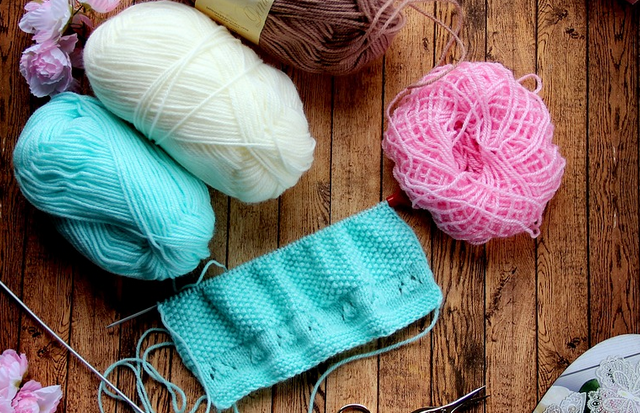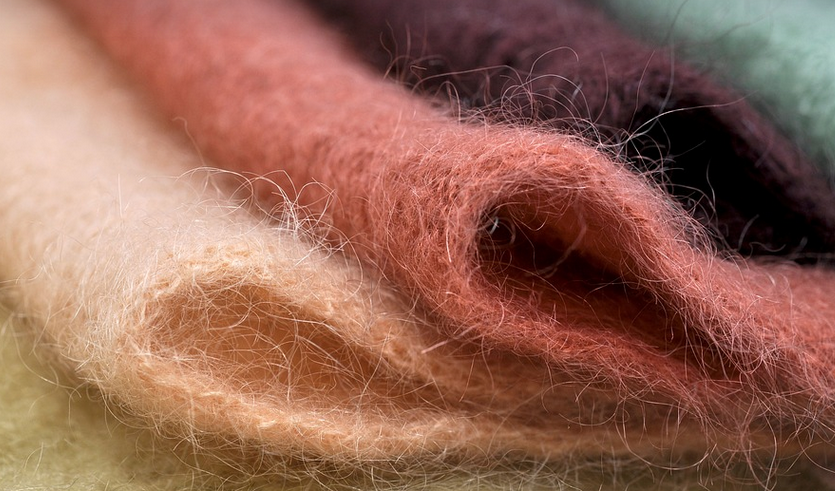
The Art of Stovetop Cooking: Your Guide to Delicious Stuffing
A true Thanksgiving classic, stuffing – that savory mix of bread, herbs, and your favorite ingredients – is more than just a side dish. It’s an emblem of comfort food, a reminder of family gatherings, and something you can enjoy year-round with a little imagination. But let’s face it, sometimes the oven seems like too much work for a simple recipe, right? Enter the magic of the stovetop – a powerful tool to create that perfect stuffing without sacrificing any culinary flair! Whether your stuffing is a timeless tradition or a modern masterpiece, having a clear understanding of cooking times is key. After all, nobody wants a burnt crust while their stuffing remains stubbornly raw inside. The beauty of stovetop cooking lies in its flexibility and control over the process, allowing you to achieve that perfectly cooked result every time. But where do we begin? The perfect stovetop stuffing recipe starts with high-quality ingredients. Choose fresh bread, preferably day-old for a crispier texture, and then add your own personal touch. This is where your creativity shines. Do you prefer a classic sausage and herb stuffing or perhaps something more adventurous like a vegetarian version featuring nutty lentils and roasted vegetables? The magic of stovetop cooking lies in its versatility – a single recipe can be adapted to suit various tastes and dietary preferences. Whether you’re aiming for a traditional Thanksgiving feast or a cozy weeknight meal, the stovetop gives you the tools to build that perfect stuffing experience. Let’s dive into how to achieve that perfect stovetop stuffing time. The key lies in understanding the relationship between ingredients and cooking methods. A little pre-planning can go a long way in making this process smooth and enjoyable, allowing you to shift gears from prepping to culinary crafting with ease! First, the bread. Bread is your canvas for flavor creation. Choose fresh or day-old bread – if using fresh bread, ensure it’s sliced thin for quicker cooking times. Day-old bread will provide a better texture due to its slightly dried out nature. For a unique twist, you can even use leftover bread from previous meals, like crusty baguettes or baguette slices, which hold up well in the pan! Next, let’s talk about the liquid. Water is a fundamental component, providing moisture and helping to bind ingredients together. The amount of water needed varies depending on the type of bread, but as a general rule, start with 1/2 cup for each cup of chopped bread. If you’re using extra-dense breads like challah or brioche, slightly increase the liquid (around 3/4 cup). In our quest to create that perfect stuffing blend, we’ll need to incorporate moisture and flavor in equal measure. This is where broth comes into play! Chicken stock, vegetable broth, or even a combination of both will infuse your stuffing with savory depth. Remember, you can always adjust the liquid amount based on your desired consistency. Now let’s talk about cooking time – this crucial element that determines the final texture and flavor of our masterpiece. Stovetop cooking allows for precise control over heat, allowing us to achieve that perfect balance between crispness and moistness in our stuffing. The magic number for stovetop stuffing is around 30-40 minutes on medium-low heat. With this time frame, you can enjoy a wonderfully tender stuffing with a delightful golden crust! Don’t be afraid to add a bit of extra liquid if your mixture seems too dry, but ultimately, the goal is to achieve that perfect balance between moistness and crispiness. Once the stuffing starts to bubble and simmer gently after about 20 minutes, it’s time for some stirring magic. Using a wooden spoon or spatula, gently fold in any additional ingredients like herbs, nuts, or sausage. Remember to mix thoroughly and ensure even distribution of all these amazing components that will make your stuffing truly special! Now comes the final touch – season! Salt and pepper are essential companions throughout the stovetop cooking process, adding flavor notes and depth to the overall experience. Feel free to add other seasonings like paprika, rosemary, or thyme, depending on the desired flavors you want to achieve in your final product. Finally, it’s time for a little visual magic – plating! Transfer your cooked stuffing into a serving dish. You can choose a classic bowl or something more unique like a rustic stoneware crockpot, depending on your preference and the occasion. The presentation is just as important as the taste; make your stuffing stand out with some culinary artistry! Remember, mastering stovetop cooking for stuffing isn’t about following a rigid recipe, but rather about understanding the process and finding what works best for you. With careful attention to detail and an adventurous spirit, you can create a truly delicious and memorable stuffing experience. So grab your ingredients, get those pots sizzling and start crafting that culinary masterpiece!






